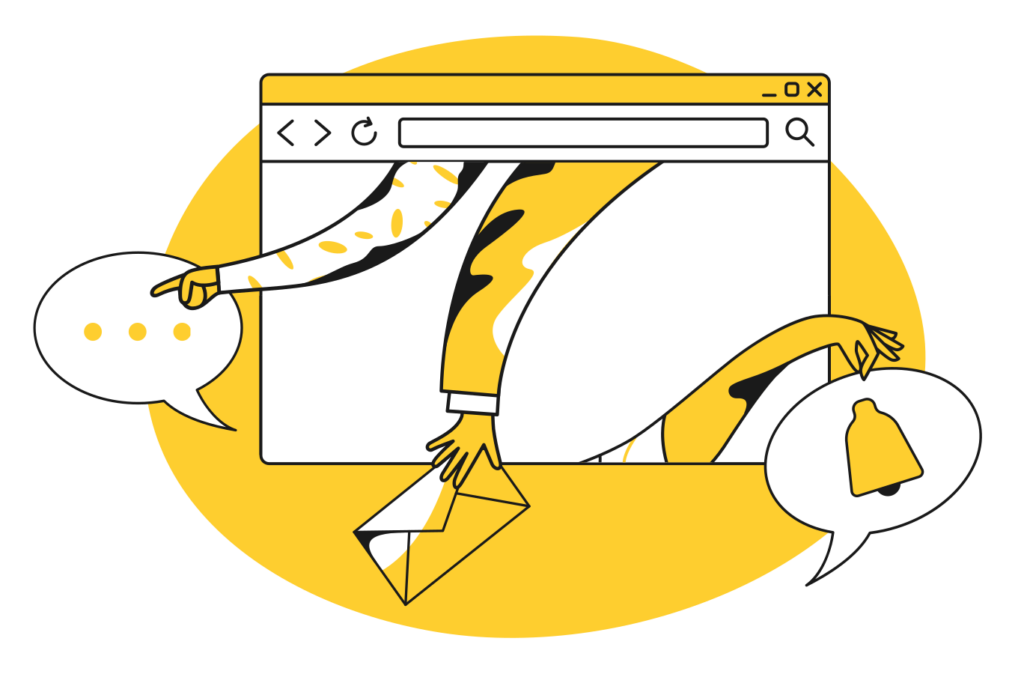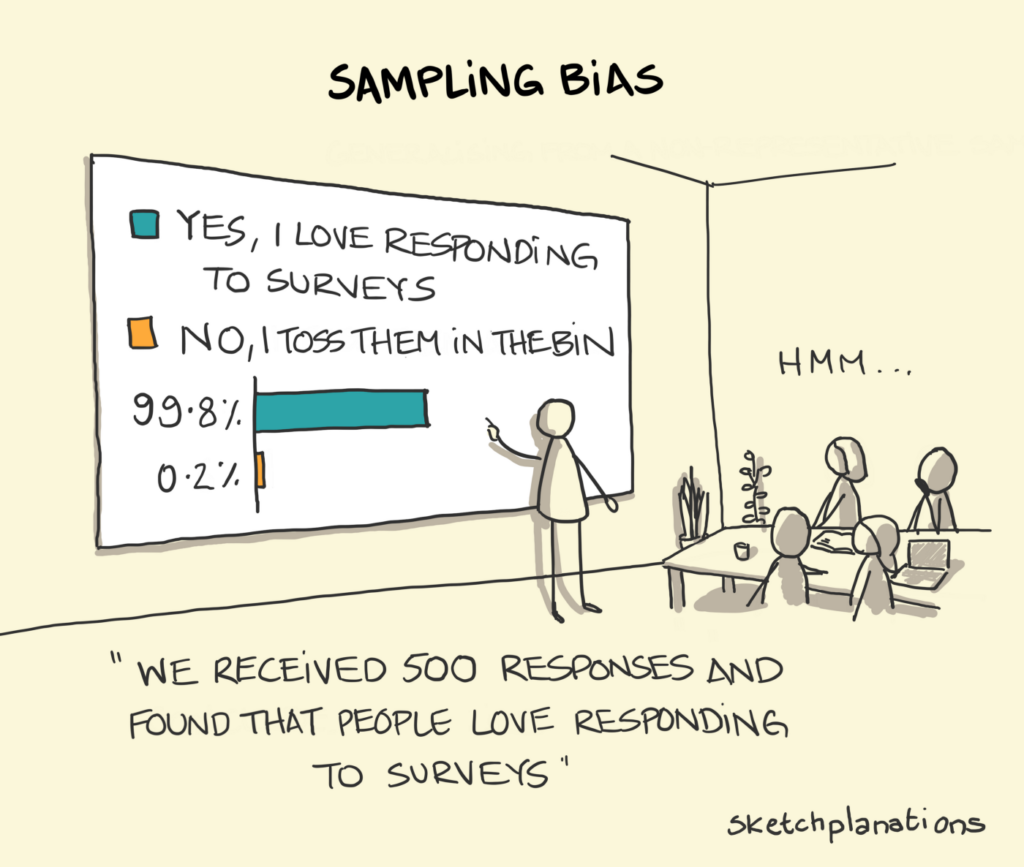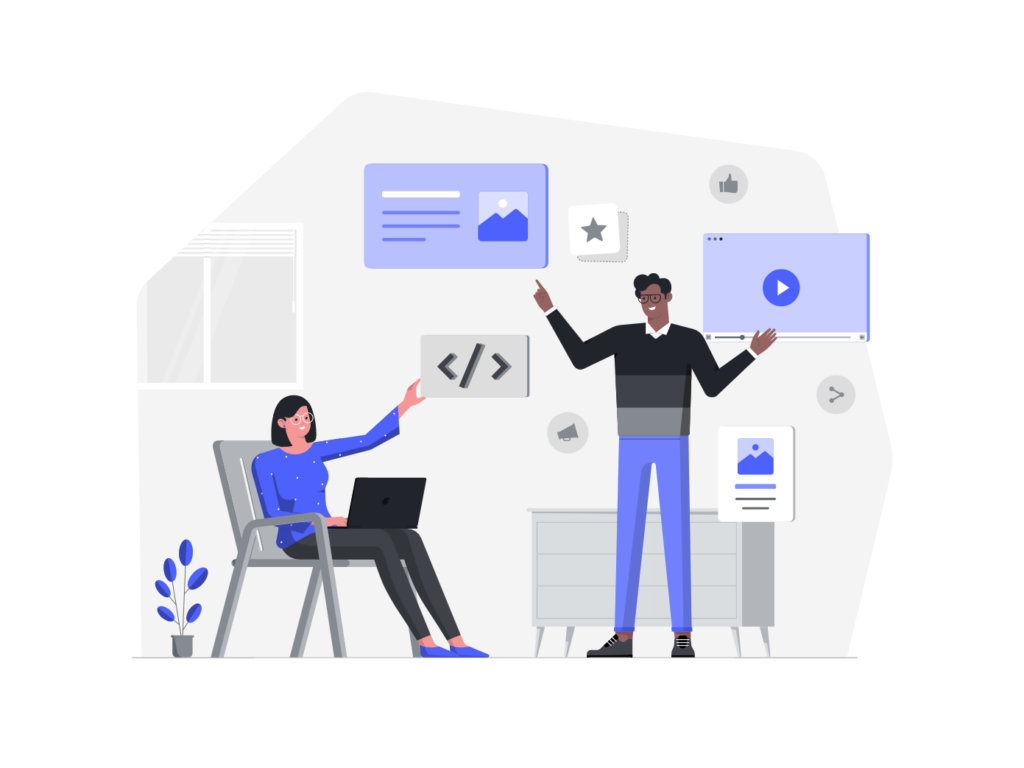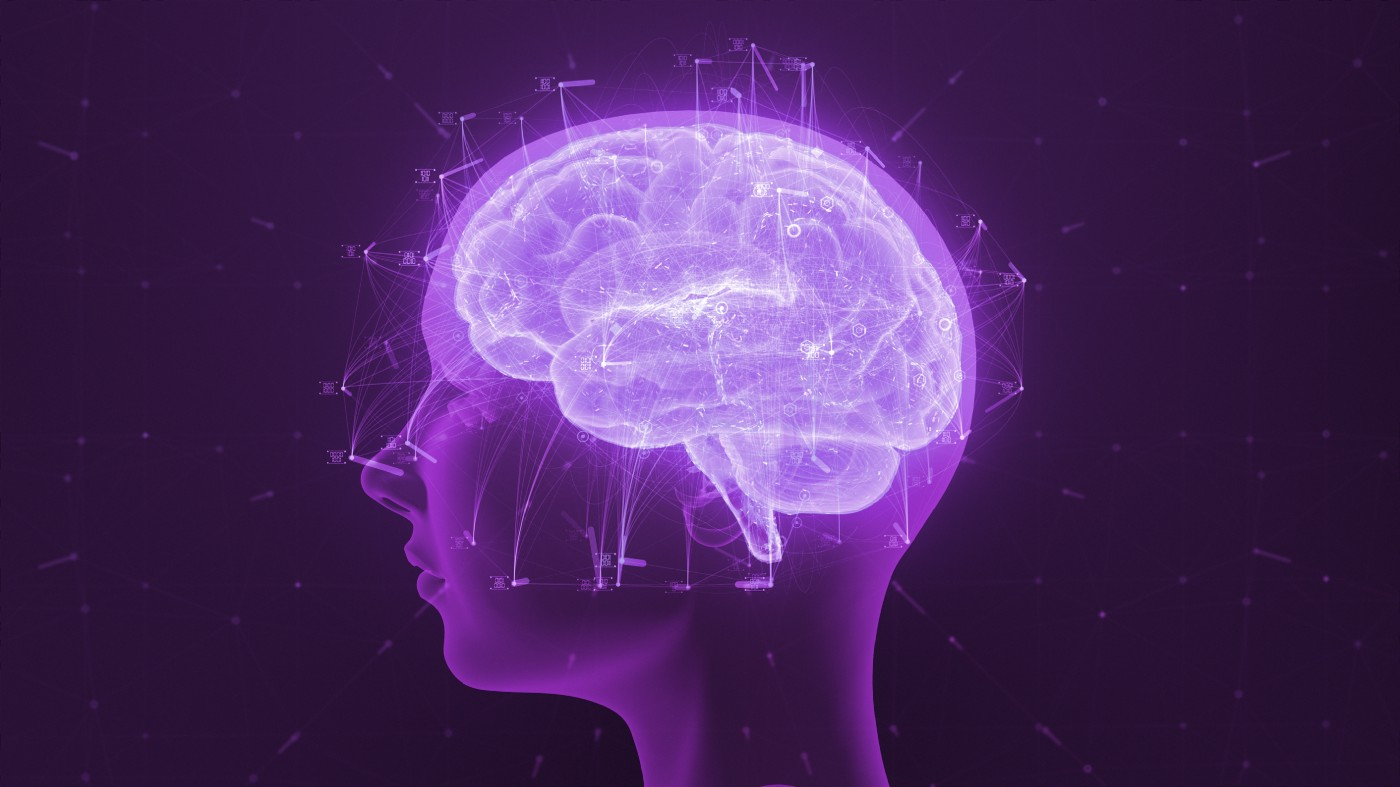Heuristics in Humans
The human brain processes 11 million bits of information every second. Though powerful in its capabilities, the brain’s conscious mind can only process 40 to 50 bits of information in that time. Thus, our subconscious mind goes to work sorting the rest.
The brain could not possibly focus on every piece of information, so it creates a system of rules that the subconscious works through to make instant decisions and judgements. This system is what psychologists refer to as heuristics.
Heuristics is not a new concept. From an evolutionary standpoint, heuristics were used when the need to make quick decisions was vital for survival. In modern day, heuristics still help us make decisions in an efficient and relatively quick manner. Though not necessarily a matter of life and death, heuristics are very beneficial in our normal day-to-day decision making.
Several studies have been conducted on the subject of heuristics; one of these, conducted by Cognitive Psychologist and researcher, Amos Tversky, and psychologist and economist, Daniel Kahneman, analyzes the subject of heuristics. The study, found in their book, “Judgment under uncertainty: heuristics and biases,” provides an in depth look into how heuristics and biases affect people’s decisions and outcomes.
In their study, Tversky and Kahneman found that humans apply three heuristics when faced with situations that are uncertain. The first heuristic being representativeness which is normal when a person is asked to find the probability of a situation or event belonging to each other; the second heuristic involves the availability of instances or scenarios, which is used when asked to define the conceivability of an event; the third heuristic involves the adjustment from an anchor, normally used in predicting numerical values. Within the study, Tversky and Kahneman acknowledge the efficiency and effectiveness of the heuristics, but warn that the heuristics undoubtedly lead to errors. These errors show up through different types of biases.
Motivational biases
Motivational biases are when people gather and use information that proves their views and beliefs on subjects regardless if the information is completely accurate, and they refuse to use information that would disprove, contradict, or argue those beliefs.
Extensive research has been done regarding motivational biases. One of these studies, conducted by social psychologists, Arie W. Kruglanski, and Icek Ajzen, delves into the subject of motivational and cognitive biases. In their work, Kruglanski and Ajzen divide motivational biases into two categories: Ego-enhancing and Effective control.
The Ego-enhancing bias involves human behavior and explains the dynamic between success and human failure, and the reaction to each event. When a person meets a success they are quick to believe it to be caused by internal factors, such as their talent, skill, etc. However, on the opposite end, if a person meets failure they will generally blame external factors for their failure.
The Effective Control bias focuses on the human need for control. The bias may cause individuals to choose events that have controllable factors compared to events with uncontrollable factors. The cause of this choice being the individual’s bias towards maintaining control over a situation.
Understanding the Ego-enhancing and Effective control biases is vital as a UX designer. Creating designs that are seamless, well organized, and accessible will produce a positive experience for the user. This positivity will result in the user feeling successful and in control. Due to the positive outlook from the user, UX designers can use the Ego-enhancing and Effective control biases to better their designs and user experience.

Cognitive biases
The cause of Cognitive biases can be traced back to the brain’s inability to sort through all of the bits of information it takes in. People use Cognitive biases to predict and hypothesize outcomes of events. The repercussions of the predictions inevitably lead to a disregard for the information collected. In the same study involving human judgment, Kruglanski and Ajzen narrowed the results of cognitive biases into three sections: Salience Availability, Preconceptions, and Anchoring and Perseverance.
Salience Availability involves the human brain’s preferred method of gathering information. An individual is more likely to focus on facts and information that proves their personal beliefs regardless of the truth. An example of Salience Availability is the sampling bias. In the sampling bias the information available to an individual does not represent the entirety of the population. Individuals defend their beliefs as though they are in fact a true representation of the population.

Preconceived notions focus on the subject of an individual’s thoughts and perceptions. Where this becomes negative is the bias involved within those thoughts. People are biased to information, and will disregard it if the information does not conform to their ideas and beliefs. Preconceived notions relate to the relationships between two subjects.
In an experiment conducted by Loren and Jean Chapman, participants believed there to be a relationship between different information, but failed to identify the relationships that did not align with their beliefs and assumptions. Seeing an association between two variables that do not exist is a term used in Psychology called “illusory correlation.”
Following the ideas of Preconceptions, representativeness involves the human behavior of choosing elements to a group that appear to be congruent. This is an important concept used in UX design. Designs with elements that are cohesive and grouped together are easier for the user to understand and interact with.
Anchoring takes place after the first two causes of cognitive biases. Salience availability and Preconceptions are what a person uses to form initial credence, and once it is formed it provides an anchor that is used to gather new information. This results in the anchoring bias.
Biases in UX Design
Anchoring bias is relevant in UX design and is similar to Jakob’s Law. In summary, Jakob’s law states that a user will have similar expectations for your product as other products in the industry. When a user interacts with a product they have certain expectations that if they interact with a familiar element they should have a familiar result.
The Framing bias is another bias that is used frequently in UX design. Overall, the Framing bias is how changing the display of information can influence a person’s decisions and thought processes. Extensive research has been done on the subject of framing including a study conducted by Tversky and Kahneman. In fact, the research in framing provides the basis of creating effective and influential designs. Specifically, in e-commerce stores, showing a price drop on a product can encourage users to purchase it. Though it is a small detail, understanding human biases can make that small change a powerful element in designs.
Human biases are important to focus on not just from a design standpoint, but from a research perspective. Human biases don’t just involve the user, but the UX designer as well. In order to conduct user research in an unbiased manner, it is important that UX designers delve into their own biases.
Biases show that we only have a partial perspective of the world; this lack of perspective is known as The Bias Blindspot. Research conducted by Boston University, Carnegie Mellon University, the City University of London, and the University of Colorado showed that most people believe themselves to be less biased than others. In fact, out of 661 people, only 1 of the people believed themselves to be more biased than average. These statistics show the influence of the Bias Blindspot.

When conducting user research, it is imperative that we avoid biases within our testing. Though it may be difficult, it is vital for gathering research that is accurate and unbiased. This way we will be able to create designs that are free of unintentional biases.
Understanding the psychology of the human mind is vital in creating clean, well organized, user-friendly designs. All humans have biases, and it is our job as UX designers to harness the power of those biases to influence the user’s decisions. Underestimating the power of biases is detrimental to bringing designs to the forefront. Though it is important to avoid biases when conducting user research, using human biases to influence user’s thoughts gives designers a dynamic edge in the field of UX design.








